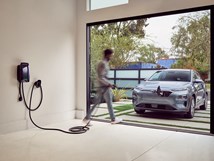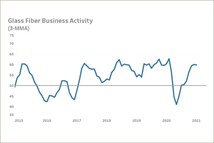Honda’s Sweet 3D EV
Everyone loves—and not necessarily in this order—3D printing, electric vehicles and candy.
#hybrid
Everyone loves—and not necessarily in this order—3D printing, electric vehicles and candy.
Well, maybe candy first.
Honda, working with Kabuku, a Japanese 3D printing startup, has created a short-range, micro electric vehicle for Toshimaya, a Japanese confectionery maker.

The vehicle has a chassis based on Honda’s pipe frame structure. Exterior panels and luggage space (or to be more specific, candy carrying space) were created with 3D printing.
The electric powertrain is based on Honda’s MC-β ultra-compact electric vehicle.
The printed car has a range of approximately 50 miles and a top speed of 43 mph.
The car is 98 inches long, 50 inches wide and 61 inches high. It weighs 1,327 pounds.

Toshiyama will use the vehicle for deliveries of its “Hato sablé,’’ a dove-shaped shortbread.
RELATED CONTENT
-
To 3D Print Copper, Green Means Go
Trumpf’s new process opens up new possibilities for 3D printing in the electronics and automotive industries.
-
Printing a Shock
Although this shock absorber is just a demonstration device, its fabrication is rather clever as the materials company that made it, Covestro, used three different materials and three different 3D fabrication processes to make it: First, there’s the outer spring of the 40 x 7-cm part.
-
Additive @ Ford
Here’s a look at how additive technology is being thought of—and used— at Ford.


.jpg;width=70;height=70;mode=crop)






